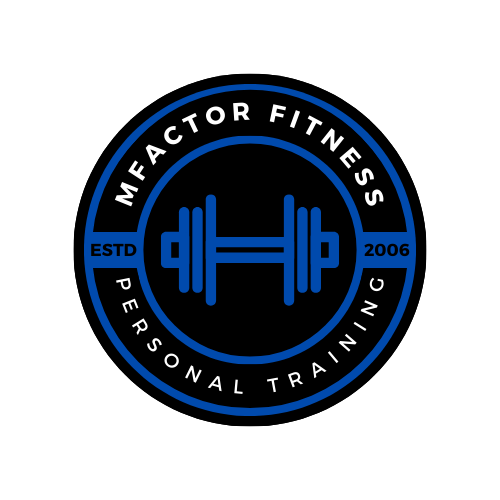
It is very fashionable these days for personal trainers to scoff at cardio. They saying running is bad for you, it ruins the knees and feet. And on top of that, it is an inefficient way to burn calories.
Basically this is a bunch of crap made up from so-called professionals who would rather work out than run. I really don’t know how else to put it.
Running and walking have been our main form of locomotion for hundreds of thousands of years.
We are built to do this. How else does an upright creature move?
The main thing I want you to know is that you can start a running/walking program safely and I am going to help you do this.
Running and walking are great ways to burn calories.
As a runner, I will always defend running. As a big guy, I burn 170-200 calories per mile. I have measured it with different devices and the results are always the same. So I can run 3 miles in 30 minutes and burn 500-600 calories. When I run a Half-marathon (13.1 miles) I burn about 2,400 calories in 2 1/2 hours.
A regular gym workout will burn 300-400 calories and high intensity workouts can burn 600-800 calories, if you really push it. There really isn’t a big difference here.
Get the best of both worlds by combining the workouts I have under the workout section with a couple days of running. You will love the results.
The 2 main reasons runners get injured are poor form and overuse.
Both of these reasons are very easy to overcome with a little knowledge and work.
You want to focus on 3 areas.
1. Running/Walking form.
Yes, there really is a right and wrong way to run. Work on becoming more efficient. This means generating more energy with less effort. This reduces impact on your joints and makes the whole running/walking experience much more enjoyable. At the bottom of the page I am going to include recommended reading on running form. These are great books you can learn a lot from.
2. Learn how to schedule workouts to avoid overuse injuries.
Having the same stale routine will lead to overuse injuries and a distinct lack of improvement. It also isn’t fun. Click here to go to my page, Getting Ready for Your First Race.
3. Learn how to rehab niggles and tweaks before they turn into injuries.
Corrective exercise is the use of various foam rollers, balls, sticks, etc… to break up muscle knots and allow freedom of movement. More and more people are starting to foam roll but a lot of people are doing it just to do it. I will show you how to do it right.
How about Doing a Race as Your Goal?
If you really want to get get fit, there is nothing more motivating than signing up for a race. Not an easy one you know you can do but a hard, nasty one.
I have been using this technique for years and it works wonders but it only works if you sign up and pay the registration fee. Thinking about it is the equivalent of doing nothing.
I may be a little extreme but I am writing this in December of 2018. As of this writing, I have my 2019 season planned out, signed up and paid for.
- 8 Spartan Races
- 2 Marathons
- 6 Half-Marathons
- Tough Mudder
So do I have an incentive to train? Heck yes.
What If I just Want to Use my Treadmill or Elliptical?
There is nothing wrong with that. Instead of a race, why not sign up for a virtual race?
A virtual race is a race you sign up for but you can do it anywhere and anytime you want. You still sign up and you still get a t-shirt and finisher’s medal once you have completed the race but you can do it anytime and anywhere. Even on your treadmill.
Usual distances are 5K (3.1 miles), 10K (6.2 miles) and Half Marathon (13.1 miles).
